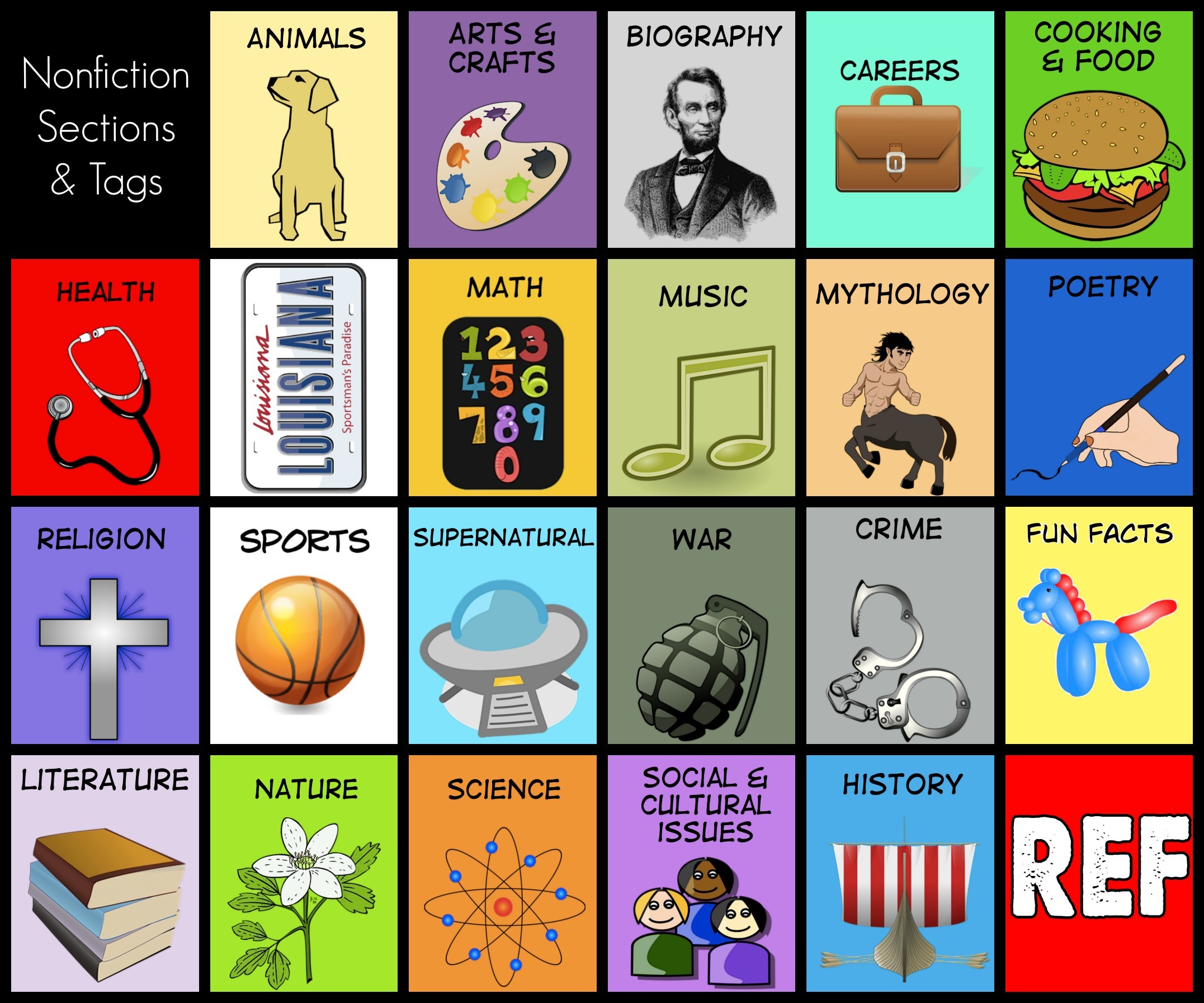What exactly are "categories", and why are they integral to our understanding of the world around us?
Categories are mental constructs that we use to organize and make sense of our experiences. They allow us to group similar things together and to distinguish them from other things. For example, we might categorize animals into different groups based on their physical characteristics, their behavior, or their habitat. We might also categorize plants into different groups based on their size, their shape, or their color.
Categories are not fixed and unchanging. They are constantly being revised and refined as we learn more about the world around us. For example, the way we categorize animals has changed dramatically over the centuries as we have learned more about their DNA and their evolutionary relationships. Similarly, the way we categorize plants has changed as we have learned more about their chemical composition and their medicinal properties.
- Mydesi Mms Video The Ultimate Guide To Understanding Exploring And Staying Safe
- Premium Luxmovie Your Exclusive Streaming Films Paradise
Despite their fluidity, categories are essential for human cognition. They allow us to organize our thoughts and to communicate with others. They also help us to make predictions about the world around us. For example, if we know that a certain type of animal is typically found in a certain type of habitat, we can predict that we are likely to find that animal in that habitat.
Categories
There are several key aspects to consider when discussing categories:
- Types of categories: There are many different types of categories, including natural categories, artificial categories, and social categories.
- The structure of categories: Categories can be hierarchical, which means that they are organized into a tree-like structure, or they can be flat, which means that they are not organized in any particular way.
- The boundaries of categories: The boundaries of categories are often fuzzy, which means that it can be difficult to determine whether or not a particular item belongs to a particular category.
- The use of categories: Categories are used in a variety of ways, including for classification, communication, and prediction.
Categories and {point}
Categories play an important role in {point}. For example, we use categories to organize our thoughts about {point}, to communicate with others about {point}, and to make predictions about {point}.
- Intriguing Custom Udon Hentai A Creative Culinary Experience That Breaks The Mold
- Ultimate Guide To Ullu Web Series Online A Deep Dive Into The World Of Digital Entertainment
One of the most important ways that categories are used in {point} is for classification. We use categories to classify things into different groups based on their shared characteristics. For example, we might classify animals into different groups based on their physical characteristics, their behavior, or their habitat. We might also classify plants into different groups based on their size, their shape, or their color.
Categories are also used in {point} for communication. We use categories to communicate with others about {point} in a way that is clear and concise. For example, we might use the category of "mammals" to communicate to others that we are talking about a group of animals that have fur, give birth to live young, and nurse their young with milk.
Finally, categories are used in {point} for prediction. We use categories to make predictions about {point} based on our knowledge of the past. For example, we might use the category of "herbivores" to predict that a particular animal is likely to eat plants.
FAQs on Categories
This section provides answers to frequently asked questions about categories, their importance, and their applications in various fields.
Question 1: What are categories and why are they important?
Categories are mental constructs that we use to organize and make sense of our experiences. They allow us to group similar things together and to distinguish them from other things. Categories are important because they help us to understand the world around us and to communicate with others about our experiences.
Question 2: How are categories used in different fields?
Categories are used in a variety of fields, including science, philosophy, and social science. In science, categories are used to classify things into different groups based on their shared characteristics. In philosophy, categories are used to analyze the nature of reality and to understand how we think about the world. In social science, categories are used to understand how people organize their social world and how they interact with each other.
Summary: Categories are essential for human cognition. They allow us to organize our thoughts, communicate with others, and make predictions about the world around us. Categories are used in a variety of fields, including science, philosophy, and social science.
Conclusion
Categories are essential for human cognition. They allow us to organize our thoughts, communicate with others, and make predictions about the world around us. Categories are used in a variety of fields, including science, philosophy, and social science.
The exploration of categories in this article has provided a deeper understanding of their importance and their applications. We have seen how categories are used to classify things, to communicate, and to make predictions. We have also seen how categories are used in a variety of fields, from science to philosophy to social science.
The study of categories is an ongoing one. As our understanding of the world around us continues to grow, so too will our understanding of categories. However, one thing is for sure: categories will continue to play an essential role in our lives.
- Revealing Facts About Aditi Mistry Nude Videos Unveiling The Truth
- Bloodhound Lil Jeff Autopsy The Untold Story Of A Rising Star

